On May 17, 2018, Attorney General Jeff Sessions overruled a Immigration Judge’s decision in Matter of CASTRO-TUM, 27 I&N Dec. 187, clarifying that immigration judges and the Board of Immigration Appeals (BIA) does not have the authority to administratively close cases indefinitely.
What does this mean?
In short, you can no longer request prosecutorial discretion (PD) for immigration court cases to be administratively closed.
If your case was administratively closed, commonly referred to as “having PD”, your case could be reopened by the court or BIA.
What does “Administratively Closed” mean?
“Administrative Closure” means the immigration judge has ordered the case off calendar for the time being. Usually cases are administratively closed to allow the respondent to receive a decision from United States Citizenship and Immigration Services (USCIS), e.g. an I-130 petition that would grant them the ability to adjust status in the U.S.
Sometimes, immigration judges have administratively closed cases because respondents did not show up to any of their hearings, and the immigration judge felt that the court did not have the correct address or means to contact the respondent.
For an individual respondent, administrative closure means their case is in limbo: they have no closure. Respondents with administratively closed cases are not ordered removed, but their Notice to Appear (NTA) remains on file. They (usually) do not qualify for work permits and cannot adjust for status through their original application (if applicable). Not every respondent appreciates having their case administratively closed, as was the case in Matter of W-Y-U-, 27 I&N Dec. 17 (BIA 2017) where a Chinese national appealed his administrative closure because he wanted a decision on his asylum case.
Why do Judges “Administratively Close” cases?
The immigration courts have a huge backlog of cases. Transactional Records Clearinghouse identified 658,728 pending immigration court cases as of November 2017. This total does not include administratively closed cases. On January 5, 2018, The American Bar Association announced that there were around 350,000 administratively closed cases, making the total “pending” immigration court cases over 1 million. There are not enough judges or courts to handle all of the cases. Administrative closure is a tool for Immigration Judges to manage their case docket.
Why are “Administrative Closures” an issue?
Administrative closures have been argued to be a “cover up” for immigration courts to hide their unmanageable backlog. The American Immigration Council connects “administrative closure” to “prosecutorial discretion” (PD), which is “the authority of an agency or officer to decide what charges to bring and whether to pursue your case”:
Administrative closure was used extensively as a form of prosecutorial discretion during the later years of the Obama Administration; in particular, the Department of Homeland Security (DHS) often joined in motions to administratively close cases that did not fall within its enforcement priorities.
Out of the 350,000 administratively closed cases (last 22 years), over 200,000 cases were closed during the last four years of the Obama administration. The Immigration Court backlog has also increased exponentially during the Obama years. The BIA has previously held in Matter of Ramirez-Sanchez that PD cannot be given by the Immigration Court or reviewed by the BIA:
The decision to institute deportation proceedings involves the exercise of prosecutorial discretion and is one which neither the immigration judge nor this Board reviews. Once deportation proceedings are commenced, the immigration judge must order deportation if the evidence supports the charge.
In the more recent case, Matter of WYU-, 27 I&N Dec. 17 (BIA 2017), BIA held that an immigration judge does not have PD:
In considering administrative closure, an Immigration Judge cannot review whether an alien falls within the enforcement priorities of the Department of Homeland Security, which has exclusive jurisdiction over matters of prosecutorial discretion.
This decision prompted Attorney General Jeff Sessions to review old cases, such as the Matter of Avetisyan, 25 I&N Dec. 688 (BIA 2012) and the Matter of Reynaldo CASTRO-TUM.
What’s important about Matter of Avetisyan?
In this matter, the respondent had an expired J-1 visa, was out of status, but she told the court that her husband was to be naturalized and could thereby file an I-130 Petition for Alien Relative soon. The Immigration Court gave her five continuances, but the respondent did not have proof of an I-130 approval. Speculating that the immigration court hearings were the reason why USCIS could not process her I-130 (as the physical file has to be sent back and forth between the attorney general’s office and USCIS), the respondent requested administrative closure, which the Immigration Judge granted despite government attorney objections.
Before January 31, 2012, Matter of Avetisyan, 25 I&N Dec. 688 (BIA 2012), immigration court cases could only be administratively closed if there was no opposition to the closure. If the individual respondent requested administrative closure, then both the immigration court judge and the government attorney had to approve the decision. However, Board of Immigration Appeals’ (BIA) decision in Matter of Avetisyan overruled previous guidelines, stating that the immigration court or BIA could decide if a case warranted administrative closure. In doing so, the immigration judge and BIA overruled a previous decision in Matter of Gutierrez.
What’s important about the Matter of Reynaldo CASTRO-TUM?
By overruling the decision in Matter of Reynaldo CASTRO-TUM, Sessions has effectively overruled the decision in Matter of Avetisyan as well. Here’s what the decision basically states:
- Immigration judges and the BIA do not have authority to “suspend indefinitely immigration proceedings by administrative closure” (overrules Avetisyan and W-Y-U-).
- The only time immigration judges and the BIA can administratively close a case is “where a previous regulation or a previous judicially approved settlement expressly authorizes such an action”, e.g. when the settlement agreement in American Baptist Churches v. Thornburgh, 760 F. Supp. 796 (N.D. Cal. 1991) required BIA to administratively close all Guatemalan and Salvadorian deportation cases to allow them to apply for asylum under a new class.
- By law, the Department of Homeland Security (DHS) decides whether to pursue a case and issue an NTA. Immigration judges and the BIA must resolve the case as quickly as possible.
- If a case needs time, immigration judges are to issue continuances.
- If a respondent doesn’t show up to their hearing (in absentia), then the immigration judge must order removal in absentia if DHS can prove that they’ve given written notice.
- Cases that were administratively closed “without requisite authority” will be recalendered on the motion of either party.
In other words, Attorney General Jeff Sessions has decided that while administrative closure is abolished, it is not possible to reopen all the previously administratively closed cases due to the backlog of unresolved immigration court cases. However, any administratively closed case can be reopened by the court or BIA.
Feeling confused? Have questions? This blog is not legal advice. Contact our office to speak to an attorney for advice on your case.





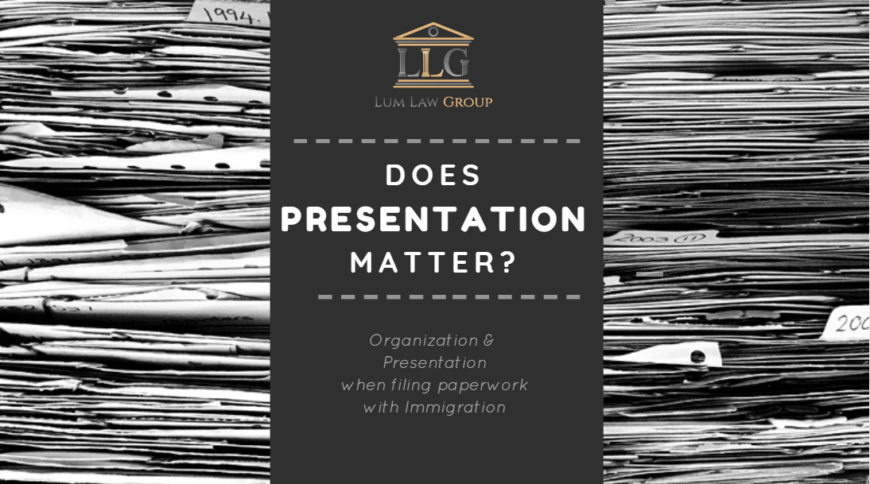

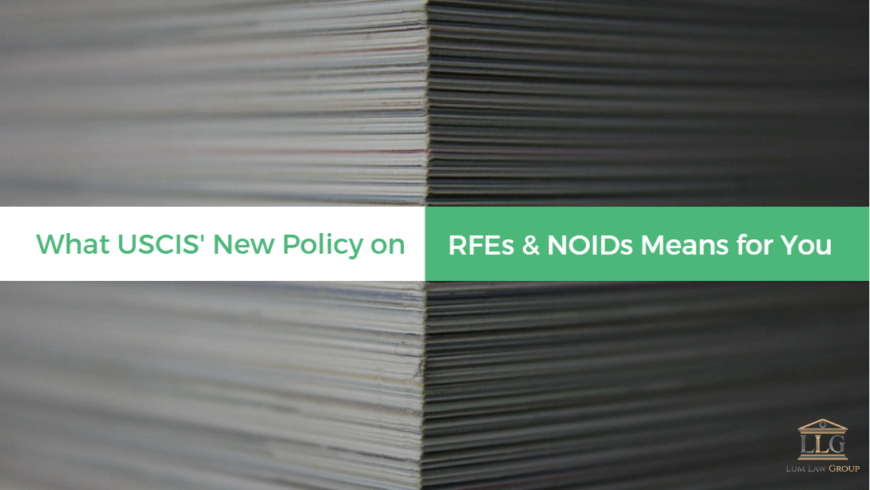

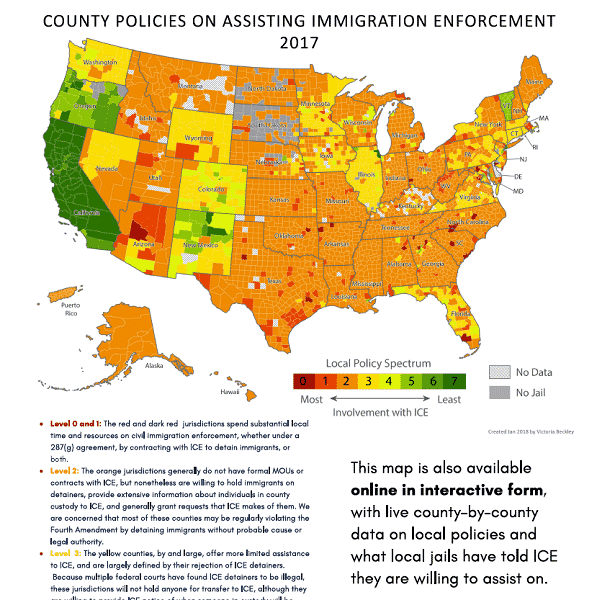



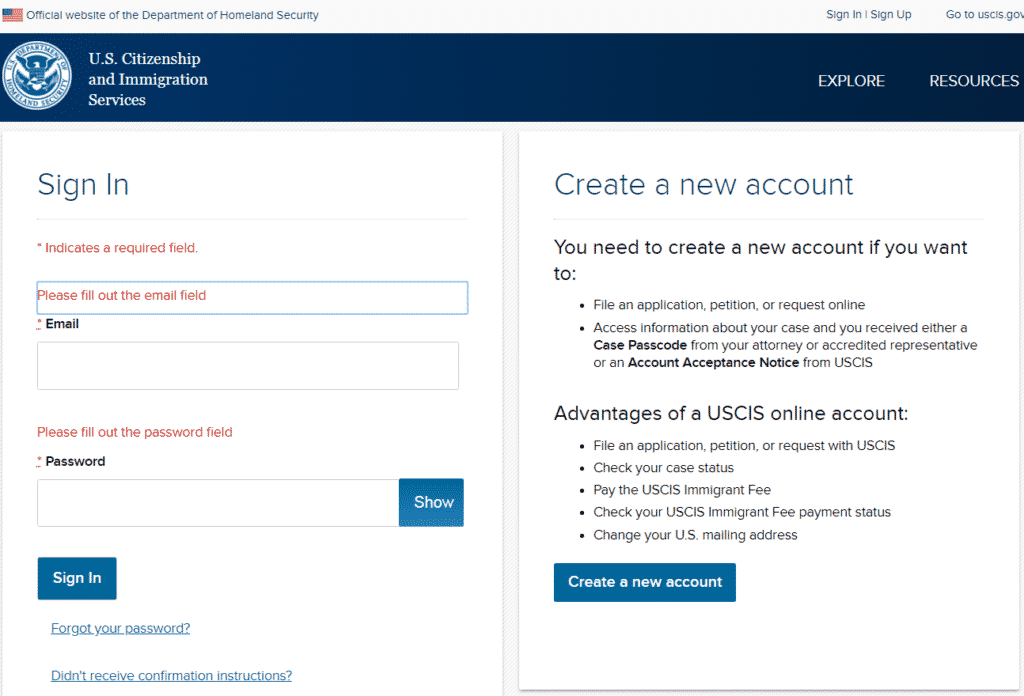
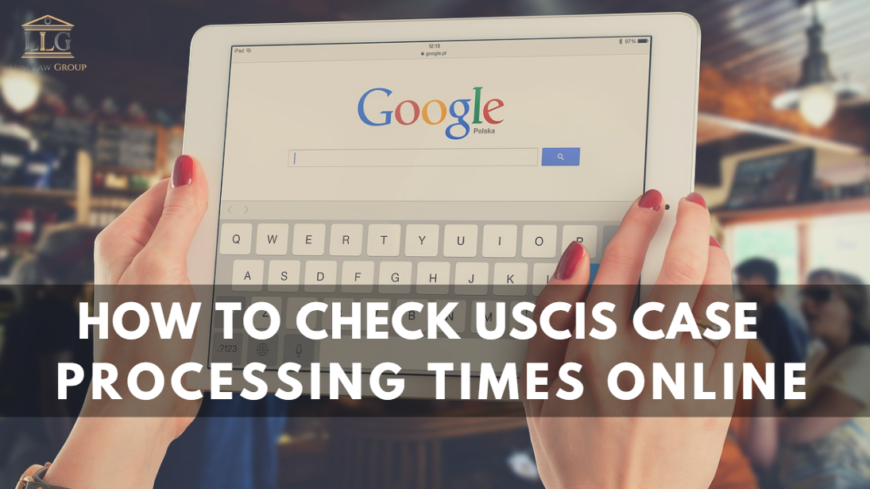
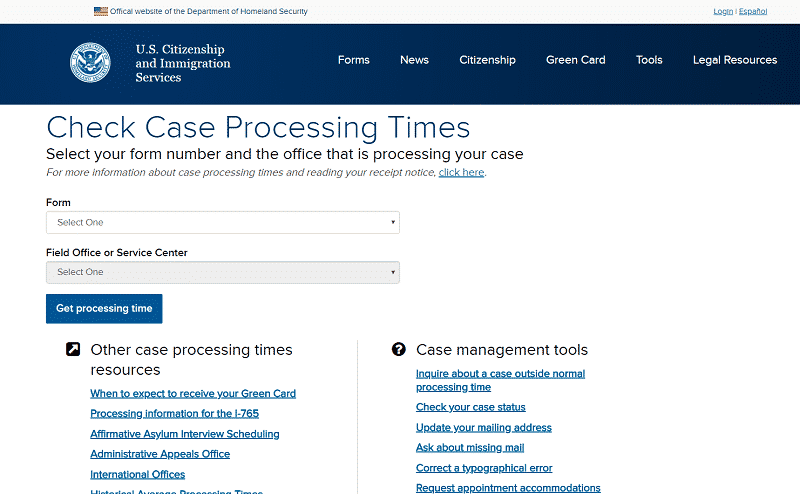
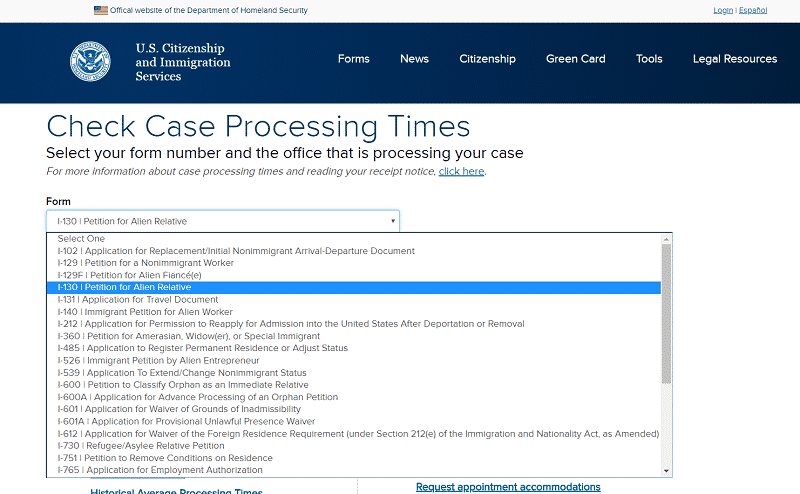
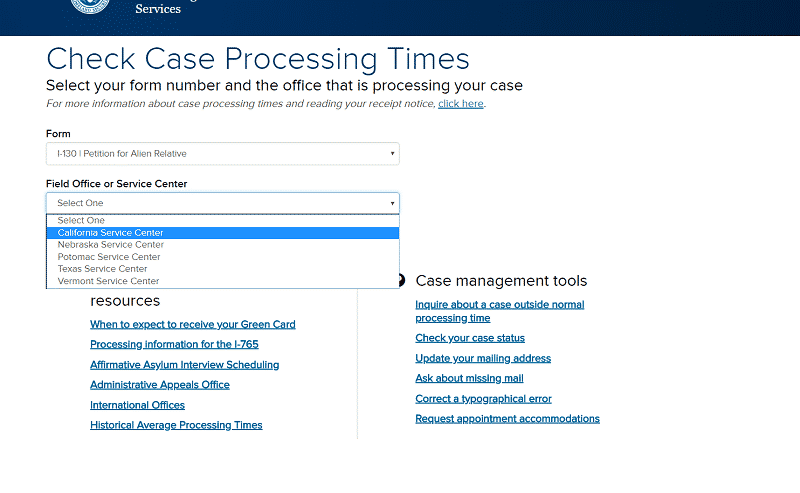
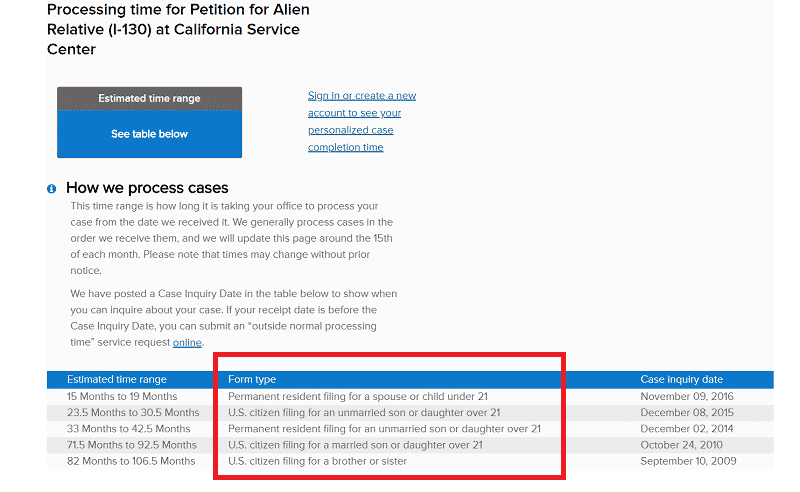
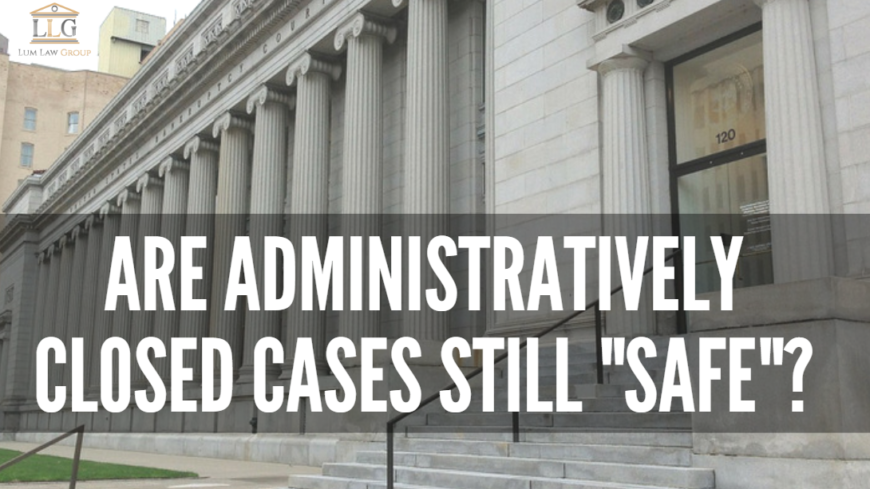



 Graph credit:
Graph credit: 






